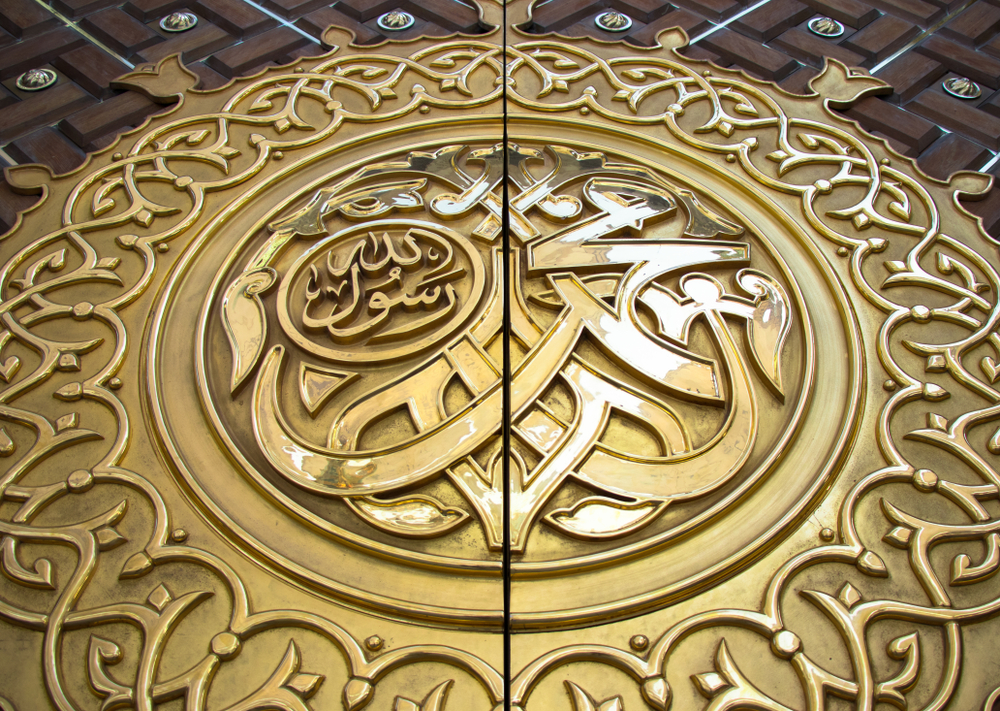Can We Use Stand-Ins to Depict the Prophet (peace be upon him) in a Movie or Production?
Answered by Shaykh Faraz Rabbani
Question
I was told to ask Shaykh Faraz by Shaykh Yahya Rhodus my question through here. So I’m working on a film project for university, and I’m making a qasida for the film. For the film, it’s required to introduce the character, the problem, and resolve the problem, so I’m telling the story of the Prophet (peace and blessings be upon him). In order to tell the story visually, I’m planning on having paintings depicting moments of his life. In some scenes, I was planning on having a drawn figure to represent the Prophet (peace and blessings be upon him). It would be detailed enough to show that it is a man, but vague enough to where you can’t tell any details about him like his face, by being turned away, or an outline of a man but surrounded by nur. Would this be permissible in general?
Answer
In the Name of Allah, the Merciful and Compassionate.
I hope you’re doing well, insha’Allah.
All the senior scholars I’ve consulted concur that even stand-in or shadow representations of the Prophet (peace and blessings be upon him)are necessary to avoid.
This given the consensus (ijma‘) on the impermissibility of depicting the Prophets, especially our Beloved Prophet (peace and blessings be upon him). [Dr. Amjad Rashid, Taswir al-Anbiya’]
In narrating the life or story of the Prophet (peace and blessings be upon him), one needs to carefully adhere to the established, related life story.
With that, there are ways to be creative in representing the life story of the Prophet Muhammad (peace be upon him), without representing the Prophet himself (peace and blessings be upon him) or the leading Companions. [Consultation with Shaykh Adib Salih (Allah have mercy upon him)]
And Allah is the giver of success and facilitation.
[Shaykh] Faraz Rabbani
Shaykh Faraz Rabbani spent ten years studying with some of the leading scholars of recent times, first in Damascus and then in Amman, Jordan. His teachers include the foremost theologian of recent times in Damascus, the late Shaykh Adib al-Kallas (may Allah have mercy on him), and his student Shaykh Hassan al-Hindi, one of the leading Hanafi fuqaha of the present age. He returned to Canada in 2007, where he founded SeekersGuidance to meet the urgent need to spread Islamic knowledge–both online and on the ground–in a reliable, relevant, inspiring, and accessible manner. He is the author of “Absolute Essentials of Islam: Faith, Prayer, and the Path of Salvation According to the Hanafi School (White Thread Press, 2004).” Since 2011, the Royal Islamic Strategic Studies Center has named Shaykh Faraz one of the 500 most influential Muslims.
